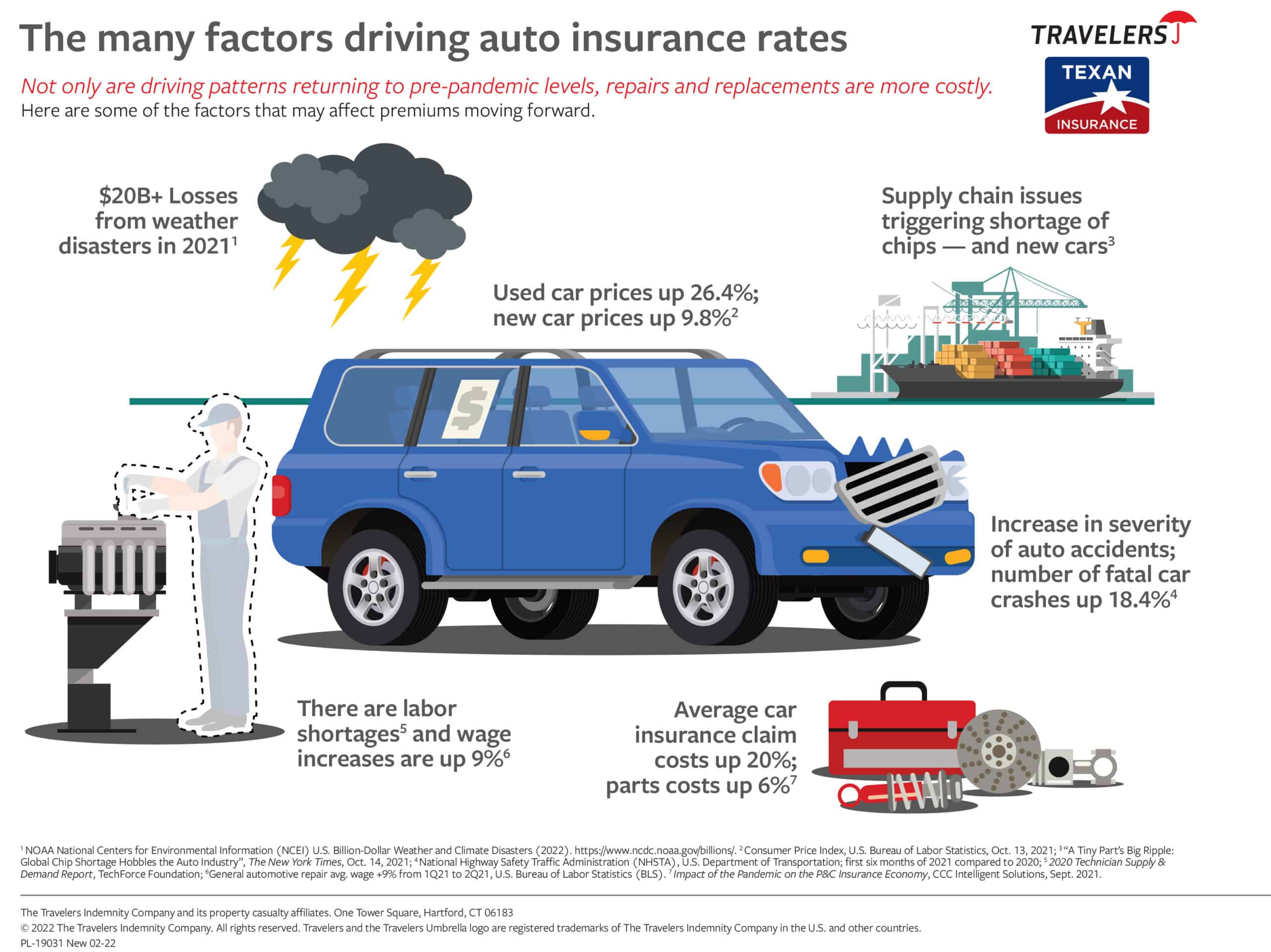
Make sure you compare all the options before buying pet insurance. This table will provide an overview of what each company has to offer. You should be aware of the following: rates, deductibles, waiting periods and coverage options. This will help to choose the right insurance for you cat or dog.
Rates
Pet insurance rates vary depending on how old your pet is and what coverage they need. Some providers charge more for older pets because they are more prone to accidents and illnesses. Some policies may not cover pre-existing diseases and could even refuse older pets. Ask your insurance company for benefits and discounts before you purchase a policy. You may also find a multi-pet discount.
Numerous studies have been done to compare rates for pet insurance policies. One study revealed that cats tend to be less expensive than dogs. It was found that cats tend to visit the vet less than dogs and therefore, are cheaper. There are many other factors that you should consider when comparing rates.
Options for coverage
It is important to compare pet insurance coverage options. Some insurance companies provide complete coverage for all medical costs while others cover only certain health conditions. A deductible is a requirement by many companies. This means that you must pay a predetermined amount upfront. Deductibles range from $100-$500, so it is important to determine which amount you can afford for your pet.

Other factors to consider when comparing pet insurance coverage options include the number of vet visits covered and the cost of veterinary care. The cost of policies that only cover accident-related illnesses is lower than those that include all other conditions. The other option is to purchase an accident-and illness plan. These plans are more comprehensive and can cover most of the procedures and visits to the vet.
Deductibles
When looking for pet insurance, the deductible is something you should consider. Different companies have different amounts of deductible. Some companies offer $0 deductibles, while others require you make a payment of up to $1000. The amount you choose will depend on the age of your pet and your budget.
You can either choose an annual deductible, or a per condition deductible. The former is easier and more convenient for most pet owners. You will need to track expenses by date and condition. This means that the deductible for new medical conditions will differ from one to another. It may also take more time before your insurance provider reimburses you.
Waiting periods
It is important to think about waiting periods when choosing pet insurance policies. These are required by the insurer to verify that your pet's health is good enough to be covered. A 30 day waiting period is the norm for policies, though this can be extended to any length. Some insurers may have shorter waiting periods, while others may require a longer one. For instance, Trupanion imposes a 30-day waiting period for illness coverage.
While waiting periods for pet insurance are variable, there are certain conditions that are excluded from coverage. Some policies, for example, have a waiting time for certain diseases such as cruciate ligament injury. A dog suffering from hip dysplasia might have to wait longer than a dog suffering from cruciate ligament injury.

Percentage reimbursement
Your pet insurance policy's reimbursement percentage can have an impact on the cost of your policy. Some companies have higher reimbursement levels than others. A reimbursement percentage of 80% means that your insurance will cover at least 80% of all covered expenses. You will be responsible only for $200 if your dog is hurt. But, if your pet has a chronic condition that needs constant care, you may have to pay more.
Generally, reimbursement percentages for pet insurance plans range from 80% to 90%. Higher reimbursement percentages are associated with a higher cost plan. Additionally, every claim must be submitted with a deductible. The most common deductible amounts include $100, $200 and $500.